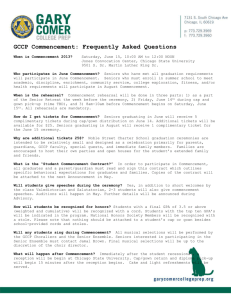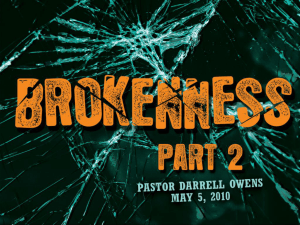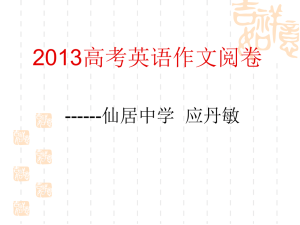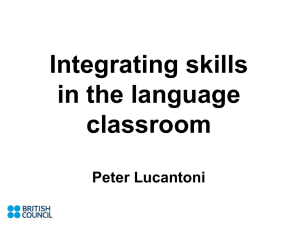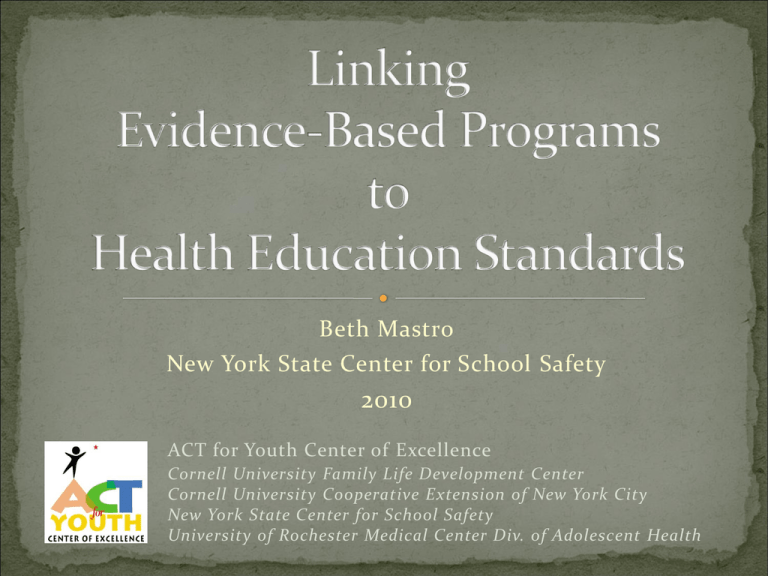
Beth Mastro
New York State Center for School Safety
2010
ACT for Youth Center of Excellence
Cornell University Family Life Development Center
Cornell University Cooperative Extension of New York City
New York State Center for School Safety
University of Rochester Medical Center Div. of Adolescent Health
Review the New York State Health Education Learning
Standards.
Introduce the seven skills from the “Guidance
Document for Achieving the Health Education
Standards.”
Discuss the differences between “addressing” and
“assessing” the standards and skills.
Examine one module of an evidence-based curriculum.
ACT for Youth • New York State Center for School Safety • 2010
Use the language of schools.
Provide evidence of student learning.
Stronger “marketing” of your program.
ACT for Youth • New York State Center for School Safety • 2010
Three Standards
Performance Indicators
Elementary: K-5
Middle: 6-8
Commencement: 9-12
ACT for Youth • New York State Center for School Safety • 2010
Standard 1: Personal Health and Fitness
Students will have the necessary knowledge and
skills to establish and maintain physical fitness,
participate in physical activity, and maintain
personal health.
ACT for Youth • New York State Center for School Safety • 2010
Standard 2: A Safe and Healthy Environment
Students will acquire the knowledge and ability
to create and maintain a safe and healthy
environment.
ACT for Youth • New York State Center for School Safety • 2010
Standard 3: Resource Management
Students will understand and be able to manage
their personal and community resources.
ACT for Youth • New York State Center for School Safety • 2010
Standard 1 (Personal Health and Fitness)
Commencement Level:
Understand human growth and development
throughout the life cycle.
Demonstrate the necessary knowledge and skills to
promote healthy development into adulthood.
Apply prevention and risk reduction strategies which
can delay the onset or reduce the risk of potential health
problems into adulthood.
Evaluate how the multiple influences which affect
health decision and behaviors can be altered.
ACT for Youth • New York State Center for School Safety • 2010
Self Management
Relationship Management
Stress Management
Communication
Decision Making
Planning and Goal Setting
Advocacy
All are broken down into sub-skills; sequential mastery
of complete skill
ACT for Youth • New York State Center for School Safety • 2010
SM.C.1: Conduct a personal assessment of health and
safety knowledge and skills.
SM.C.2: Analyzes the attributes (knowledge, skills,
competencies) of a safe and healthy person.
SM.C.3: Compares and analyzes the personal assessment
to the healthy attributes to identify personal health and
safety strengths and needs.
SM.C.4: Predicts short- and long-term benefits and
harmful consequences of behaviors based on the
personal health and safety assessment.
ACT for Youth • New York State Center for School Safety • 2010
SM.C.5: Selects and applies a health skill to improve
personal health and safety.
SM.C.6: Identifies and accesses personal support
persons or systems.
SM.C.7: Accesses, manages and evaluates related health
and safety resources.
SM.C.8: Celebrates and rewards self for personal health
and safety accomplishments.
SM.C.9: If appropriate, extends to relationship and/or
to health advocacy skill.
ACT for Youth • New York State Center for School Safety • 2010
Addressing: Providing knowledge; giving information.
“This is what I want you to know.”
Lecture
Review a poster
Read a book
Assessing: Gathering evidence of student learning.
“This is how I know you learned/can do it.”
Brainstorming: “What do you know about…?”
Test/quizzes
Behavioral Rehearsals (Role Plays)
ACT for Youth • New York State Center for School Safety • 2010
Activity A – Introductions
Activity B – Group Rules
Activity C – Discussing HIV and AIDs
View a video and answer questions about the messages.
Review a poster and answer key questions about HIV.
Activity D – “What I think about HIV, AIDS, and Safer
Sex
Agree, In the Middle, Disagree: Facilitator reads
statements ; students line up under signs; explain why.
ACT for Youth • New York State Center for School Safety • 2010
What Standards do you think have been addressed?
Have any been assessed?
What Skills and Sub-skills have been addressed?
Assessed?
ACT for Youth • New York State Center for School Safety • 2010
Be Proud Be Responsible: Commencement
Standards and Performance Indicators Module 1
Addressed
Standard 1—Personal Health and Fitness
Understand human growth and development throughout the life cycle
Demonstrate the necessary knowledge and skills to promote healthy
development into adulthood
Standard 2—A Safe and Healthy Environment
Evaluate personal and social skills which contribute to health and safety
of self and others
Standard 3 – Resource Management: Not addressed
ACT for Youth • New York State Center for School Safety • 2010
Be Proud Be Responsible: Commencement
Standards and Performance Indicators
Module 1
Assessed
Standard 1—Personal Health and Fitness
Understand human growth and development
throughout the life cycle
Demonstrate the necessary knowledge and skills to
promote healthy development into adulthood
ACT for Youth • New York State Center for School Safety • 2010
Be Proud Be Responsible: Commencement
Health Skills and Subskills
Module 1
Addressed
Self-Management
SM.C.2 Analyzes the attributes (knowledge, skills, competencies ) of a safe and
healthy person
SM.C.3 Compares and analyzes the personal assessment to the healthy attributes
to identify personal health and safety strengths and needs
SM.C.4 Predicts short- and long-term benefits and harmful consequences of
behaviors based on the personal health and safety assessment
Communication
SM.C.1 Employs active listening and response skills in health-enhancing ways
Decision Making
DM.C.1 Identifies personal health decisions and analyzed related internal and
external influences
DM.C.2 Recognizes personal capabilities and limitations as they relate to
possible healthy solutions
ACT for Youth • New York State Center for School Safety • 2010
Be Proud Be Responsible Postponing Sexual
Cuídate
Reducing the Risk
Safe Choices
Draw the Line
Making a Difference
Involvement
Becoming a Responsible
Teen
Focus on Youth
Making Proud Choices
Reducing the Risk
Information on linking these programs to NYS Health Standards
is available at http://www.actforyouth.net/?ebpHealth
ACT for Youth • New York State Center for School Safety • 2010
New York State Health, Physical Education and Family And Consumer
Sciences Learning Standards
http://www.emsc.nysed.gov/ciai/pe/pels.html
Guidance Document for Health Education
http://www.emsc.nysed.gov/sss/schoolhealth/schoolhealtheducation/
GuidanceDocumentFinal1105.pdf
New York State Center for School Safety
http://nyscenterforschoolsafety.org/
ACT for Youth Center of Excellence – evidence-based programming
and health standards: http://www.actforyouth.net/?ebpHealth
ACT for Youth • New York State Center for School Safety • 2010
Beth Mastro
New York State Center for School Safety
ACT for Youth Center of Excellence
emastro@ulsterboces.org
845-255-8989
http://nyscenterforschoolsafety.org/
Please give us your feedback on this presentation!
http://www.zoomerang.com/Survey/WEB22AEZWMYJH3
ACT for Youth • New York State Center for School Safety • 2010







